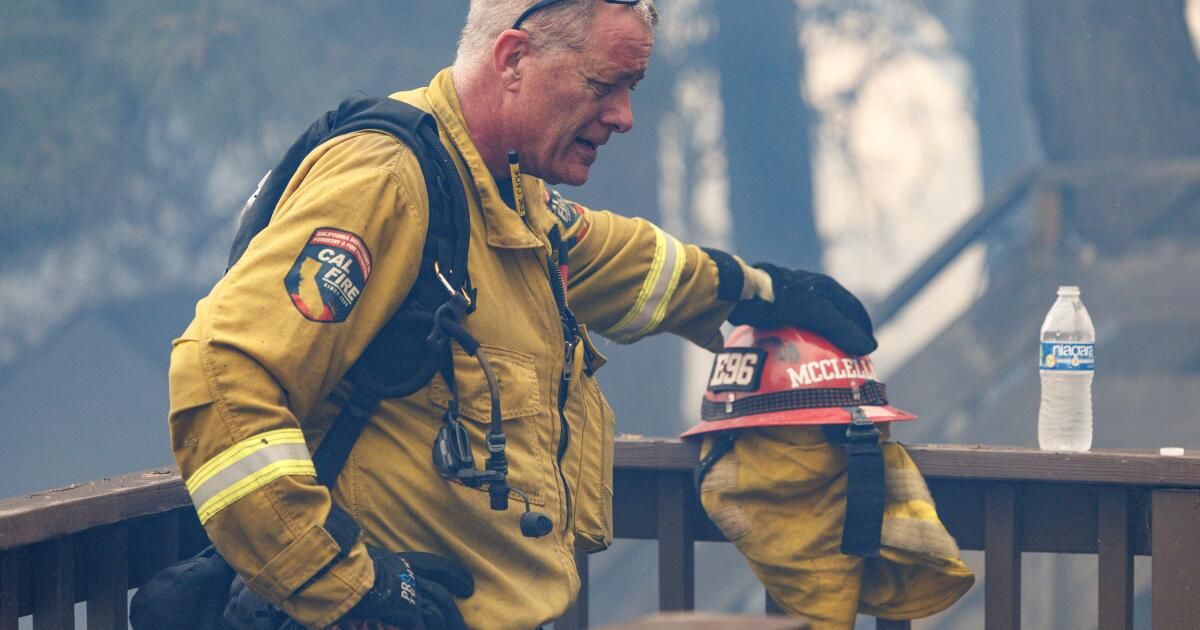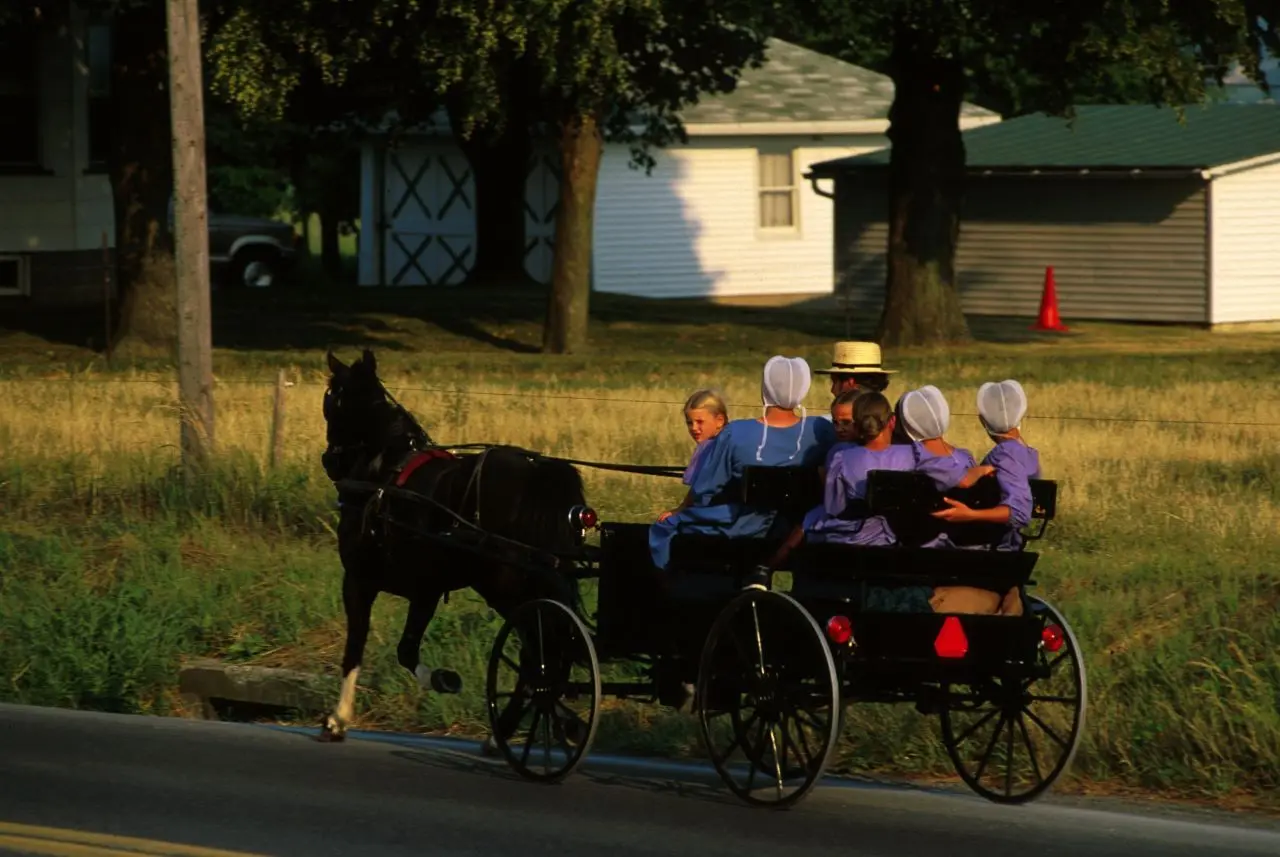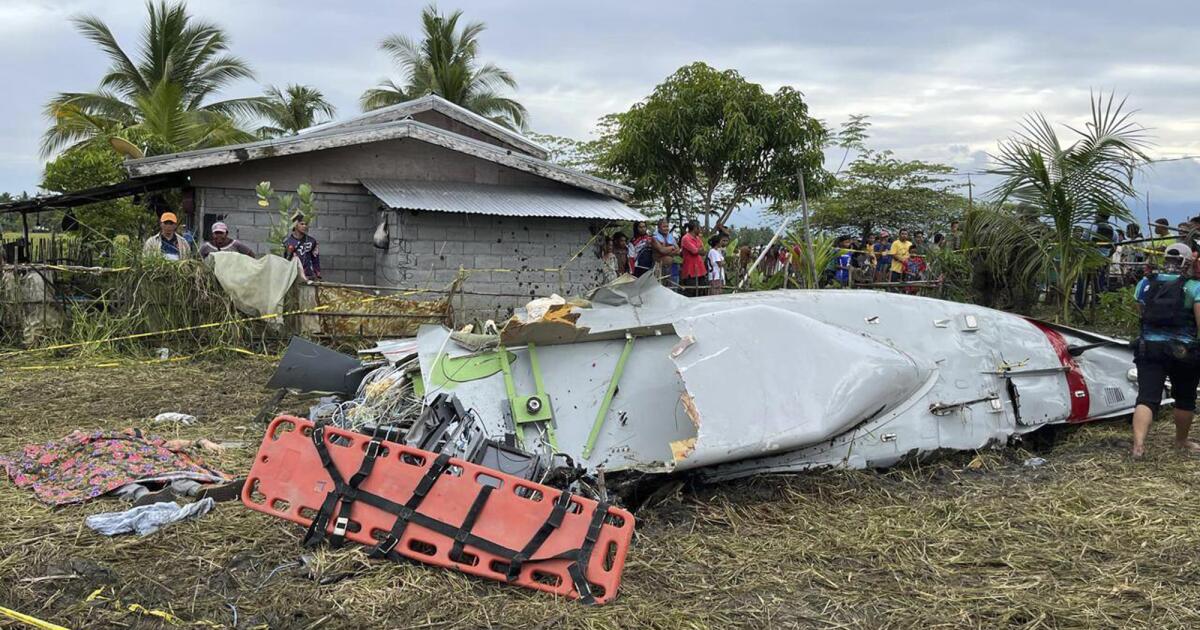Firefighters battling wildfires burning in Southern California are stretched to the limit amid a national shortage of firefighters, aircraft and contractors.
Three wildfires have burned homes and scorched more than 100,000 acres in just a few days in the San Bernardino Mountains, Angeles National Forest and Santa Ana Mountains.
Several firefighters have been injured battling the Airport Fire, which has charred 22,910 acres in Orange and Riverside counties, and the Line Fire, which has burned more than 34,700 acres in San Bernardino County.
More than 3,100 firefighters and 22 helicopters were assigned to the Line Fire on Wednesday. At the same time, more than 629 firefighters, including seven helicopters, were battling the Airport Fire, according to the California Department of Forestry and Fire Protection.
On Wednesday, more than 400 personnel, seven helicopters and four large air tankers were assigned to the bridge fire, said Lisa Cox, spokeswoman for the California Interagency Complex Incident Management Team.
“Resources are really limited,” Cox said.
Oregon, Idaho and Washington are also dealing with hundreds of fires resulting from weeks of dry lightning strikes on parched vegetation.
Chris Cline, division chief for the Oregon Department of Forestry, painted a grim picture of crews under pressure from resource shortages nationwide as a result of what he described as “an epic and unprecedented fire season.”
“Nationwide, there are no caterers available to support our fire crews — none available today,” Cline said Monday. “There are no showers available today.” That has left firefighters working in poison oak with no way to clean themselves, he said. Firefighter backup supplies, such as hoses and sleeping bags, are limited, he said.
“There are no incident management teams available in the United States of America today,” Cline said, referring to the groups of personnel sent to oversee complex emergencies such as large fires.
California faces similar challenges.
“Yes, there is a strain on resources,” said Adrienne Freeman, spokeswoman for the U.S. Forest Service. “We had several fires that started in quick succession, all with critical numbers of people affected in large urban centers.”
The National Interagency Fire Center has set the current national preparedness level at 5 (the highest possible), indicating that federal resources are fully committed and the potential for major wildfires to break out is expected to remain high across multiple geographic areas. That level has been reached at the start of the year only four times in the past two decades, according to the agency.
Still, Cal Fire spokesman Robert Foxworthy said fire crews are currently managing the resources they have and that the year has not yet reached the level of 2020, when more than 4.3 million acres burned across California. But they are preparing for a potentially active season ahead.
“The three fires we have going on are large and resource intensive, but it’s by no means the worst California has ever experienced and we’ve had to deal with much larger and more active fire seasons in the past,” he said. “So I’m very confident that we’ll be able to meet the needs as we head into the fall.”
Gov. Gavin Newsom announced Wednesday that the state had secured a grant from the Federal Emergency Management Agency to help provide resources to Riverside County to assist with the costs of extinguishing the airport fire.
“California continues to see extreme fire behavior in multiple locations across Southern California, where hot, dry weather has led to rapid fire growth,” Newsom said. “We are grateful for the federal support from the Biden-Harris Administration to support firefighters as they work to suppress these fires and keep people safe.”












